Samneung à Paju [Patrimoine Mondial de l'UNESCO] (파주 삼릉)
19.6Km 2023-01-12
89, Samneung-ro, Jori-eup, Paju-si, Gyeonggi-do
+82-31-941-4208
Paju Samneung est constitué des tombes royales Gongneung, Sulleung et Yeongneung.
Gongneung (공릉) désigne la tombe de la Reine Jangsun (regne 1445-1461), consort du Roi Yejong, le 8ème dirigeant de la Dynastie Joseon. Elle mourut lorsqu’elle fut princesse héritière d’où la simplicité de sa tombe. Elle ne possède pas de « Mangjuseok », le nom des pierres se tenant de chaque côté du monticule.
Sulleung (순릉) désigne la tombe de la Reine Gonghye (regne 1456-1474), consort du Roi Seongjong, le 9ème dirigeant de la Dynastie Joseon. Sulleung est semblable à Gongneung de plusieurs façons mais possède plus d’ouvrages de pierre. La Reine Gonghye est la 4ème fille de Han MyeongHoe, un officier haut-gradé du gouvernement, et la soeur de la Reine Jongsun, enterrée à Gongneung. Ce fut la première fois dans l’histoire de cette Dynastie que deux soeurs devinrent reines toutes les deux.
Yeongneung (영릉) désigne la tombe du Roi Jinjong, désigné comme tel à titre posthume (1719-1728) et premier fils du Roi Yeongjo et de la Reine Hyosun (1715-1751). Le Roi Jinjong devint prince héritier à l’âge de 7 ans mais mourut au palais Changgyeonggung alors qu’il en avait 13. La Reine Hyosun, quant à elle, devint princesse héritière à 13 ans. Elle mourut en 1751 à 37 ans sans successeur.
Insadong Sagwanamu (인사동사과나무)
19.6Km 2021-03-29
24-1, Insadong 14-gil, Jongno-gu, Seoul
+82-2-722-5051
This is where you can dine on the outdoor terrace. This restaurant's signature menu is steak. This Western dishes restaurant is located in Jongno-gu, Seoul.
Seochon Guest House [Korea Quality] / 서촌 게스트하우스 [한국관광 품질인증]
19.6Km 2023-04-07
28-3, Jahamun-ro 7-gil, Jongno-gu, Seoul
+82-010-3345-9680
Seochon Guest House is located in Seochon, which is becoming a hot place for tourists in Seoul, and precisely on the road to Suseong Valley, whichis filled with interesting stores and is also well-known for Park Nosoo Art Gallery and the House of Yun Dong-ju (poet). Seochon Guest House is nicknamed ‘Jaeminangol (interesting village)’ after Baekseok’s poem ‘Yeowunangol’, with the aim of providing a visit full of interesting experiences. Passing through a garden and entering the main building, the unique charm of this hanok building, the staircase to get to the first floor from daecheong (main floored room), catches the eye of the visitors. In addition, the building is decorated with various stylish objects including paintings and Korean musical instruments. The terrace situated on the first floor offers an open view of the surrounding area including roof tiles of hanok structures and alleyways in Seochon. It is said that Korean novelist Yoon Hu-myeong also appreciated the structure of the guesthouse, saying, “It is an interesting place.” Built in the 1930s, the house, which has many storage places, was taken by the owner couple in spring 2014 as they were attracted by the house during their trip to Seochon. After the repair work, the ground floor of the house was opened for guests from January 2016, hoping that guests could share their daily experiences and stories with each other. The guestrooms and the main floored room on the ground floor are open to guests, with the exception of the first floor, which is used by the owner couple. The living room is equipped with books, a curved TV, and a table. The tasty meal, which is served in the kitchen, consists of rice and soup with six side dishes and is much loved by guests. The guesthouse offers a total of four rooms – Jae Room, which is the most Korean-style room; Mi Room, which has a combined style of a Korean-style room and Western-style room; Nan Room, which is an ideal room for meditation with a beautiful paper window; and Ahn Room, which is equipped with a veranda and a pretty flowerbed. Every room has its separate charm with various comfortable bedding to provide a quiet and cozy bedroom for guests in the middle of the city. Furthermore, the guesthouse holds a pansori (epic chant) performance twice a year. The owner started learning how to sing pansori to promote the Korean culture and tradition to foreigners. When a pansori performance is held, the owner offers traditional Korean snacks and drinks including sikhye (sweet rice punch), sujeonggwa (cinnamon punch), traditional sweets and cookies, and tteok (rice cakes) to visitors, tourists, and performers. Moreover, it provides cultural programs such as a Gukak (Korean classical music) experience, Korean traditional clothes experience, and making Korean food experience, as well as other activities with guests, such as trip to the city wall between Inwangsan Mountain and Bugaksan Mountain, and the Royal Palace Tour to Gyeongbokgung Palace, etc., as well as a trip to a traditional market.
Boulangerie Cheong Su Dang (청수당 베이커리)
19.6Km 2023-09-13
31-9, Dunhwamun-ro 11 Na-gil, Jongno-gu, Seoul
La boulangerie Cheong Su Dang est un grand magasin qui sert à la fois de boulangerie et de café réputé pour son architecture hanok et son atmosphère apaisante.
Kkotbabe Pida (꽃밥에피다)
19.6Km 2023-10-24
3-6, Insadong 16-gil, Jongno-gu, Seoul
+82-2-732-0276
Il s'agit d'un restaurant classé au guide Michelin 2021. Le principal menu du restaurant est le plat bibimbap. Le restaurant est situé dans le quartier de Jongno-gu, à Séoul.
A Flower Blossom on the Rice (꽃,밥에피다)
19.6Km 2023-10-24
3-6, Insadong 16gil, Jongno-gu, Seoul
A Flower Blossom on the Rice est un restaurant de standing respectueux de l'environnement utilisant uniquement des ingrédients issus de l'agriculture écologique. Il s'agit d'un restaurant réputé parmi les vegans notamment pour ses plats bibimbap.
Jogeum (조금)
19.6Km 2021-03-29
62-4, Insadong-gil, Jongno-gu, Seoul
+82-2-725-8400
It is a Japanese-style hot pot rice store. The best menu at this restaurant is Hot Stone Pot Rice. This Korean dishes restaurant is located in Jongno-gu, Seoul.
Marché aux puces de Hwanghak-dong (황학동 벼룩시장 (도깨비시장/만물시장))
19.6Km 2020-05-12
11-7, Majang-ro 5-gil, Jung-gu, Seoul
+82-2-1330
Le marché ancien de Hwanghak-dong est le principal marché des articles d’occasion à Séoul. Il est également connu comme "le marché monstre” ou "le marché total”
Il a commencé à se développer et grandir dès 1950 et il compte maintenant approximativement 1 000 magasins sur un espace s’étendant derrière les appartements Samil entre les numéros 13 et 17, Cheonggyecheon 8-ga dans Jung-gu à Séoul.
Articles
Le marché de Hwanghak-dong est divisé en 5 sections de magasins et d’échoppes dans les rues qui vendent des antiquités, de l’électroménager et des machines. Chaque magasin regorge d’antiquités difficile à trouver ailleurs - meule, mortier, chaudronnier, vieux appareils photo, phonographes, pipes, argent, boussoles et divers appareils électroménagers comme des téléviseurs et des réfrigérateurs. Beaucoup de visiteurs étrangers viennent au marché pour y trouver des articles rares et peu communs qu'ils ne peuvent trouver ailleurs à Séoul.
Informations sur les prix
Les prix sont en général de 20 à 30% plus bas que le prix normal, mais vous pouvez encore négocier avec les marchands. Attention aux surenchères peu raisonnables.
Heures d’ouverture
Ouverts d'une façon générale de 8 heure à 18h 30, toute l'année pour la plupart (certains peuvent fermer le dimanche).
** Suite à une restitution de la rive Cheonggyecheon, le marché a temporairement été aménagé au Stade de Dongdaemun.
Nuri (누리)
19.6Km 2019-11-26
23, Insadong 14-gil, Jongno-gu, Seoul
+82-2-736-7848
Located in the neighborhood of Insa-dong, traditional Korean lunch box and tea restaurant Nuri brings out the true beauty of hanok while implementing western dining culture with tables and chairs.
Nuri uses the finest grains directly from agricultural regions throughout the country, offering nutritious rice along with mildly seasoned side dish menus, taking advantage of the ingredients' natural flavors. Nuri uses its effective take-out and delivery system to cater to businesses and events.
Centre Commercial de Dongdaemun (boutiques de bijoux fantaisie) (동대문종합시장 악세사리상가)
19.6Km 2020-06-19
266, Jong-ro, Jongno-gu, Seoul-si
+82-2-2262-0114
Le centre commercial de Dongdaemun est l’un des plus grands marchés d’Asie, et de ce fait, possède de nombreuses boutiques de bijoux fantaisie. La plupart des accessoires faits main en Corée sont distribués à cet endroit. On y trouve donc toutes sortes de bijoux colorés au design unique et à des prix raisonnables.
![Samneung à Paju [Patrimoine Mondial de l'UNESCO] (파주 삼릉)](http://tong.visitkorea.or.kr/cms/resource/05/1593605_image2_1.jpg)
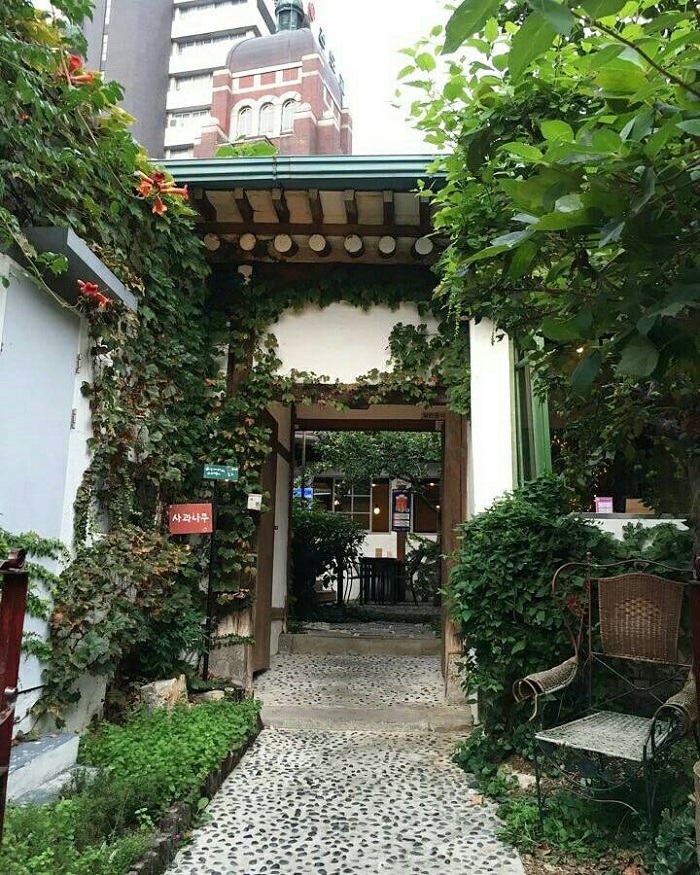
![Seochon Guest House [Korea Quality] / 서촌 게스트하우스 [한국관광 품질인증]](http://tong.visitkorea.or.kr/cms/resource/41/2447241_image2_1.jpg)
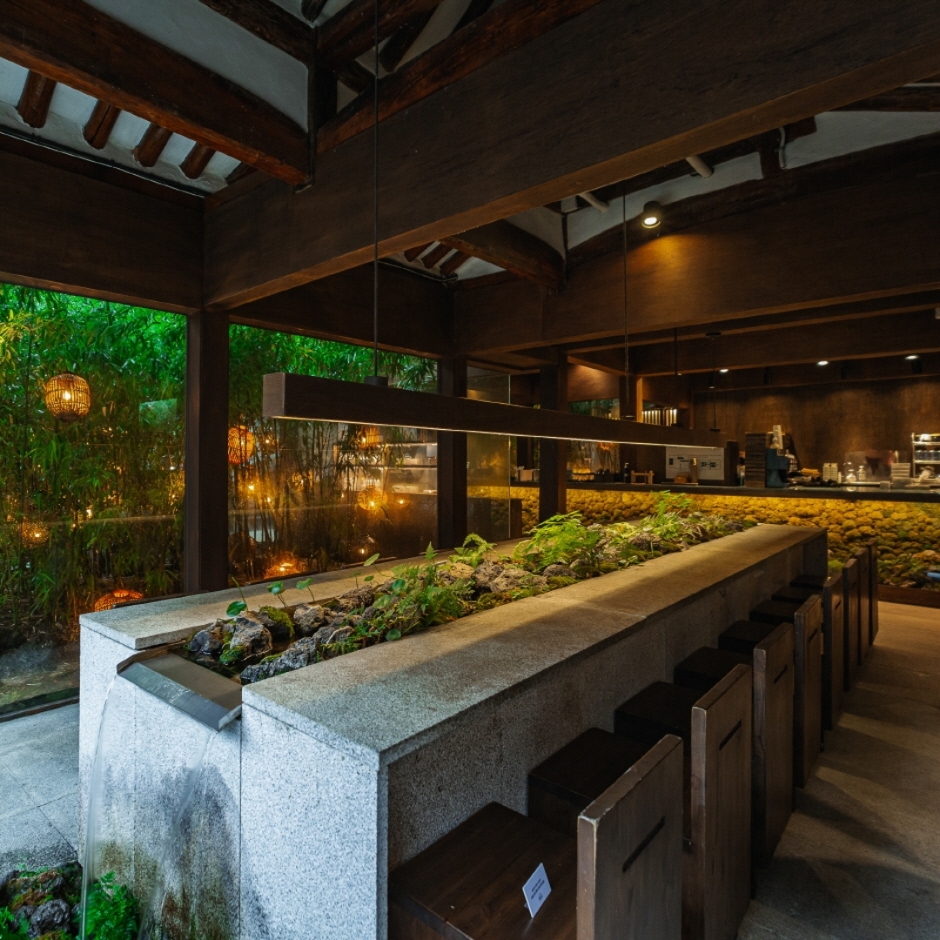
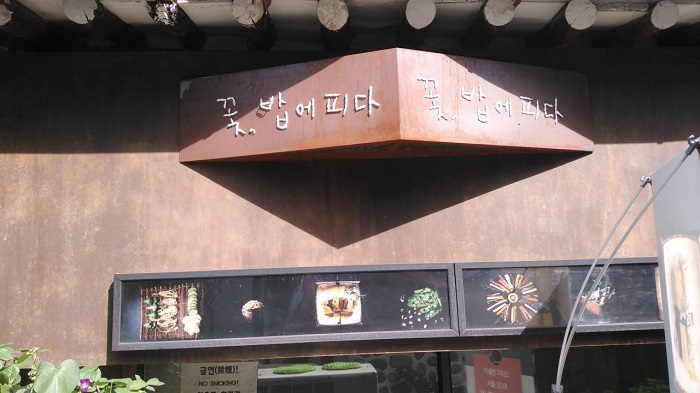
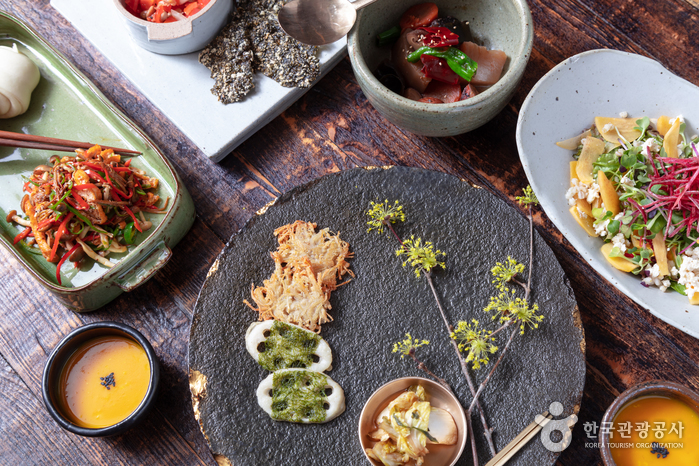
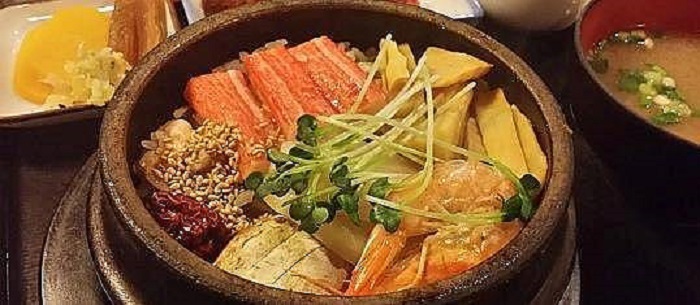
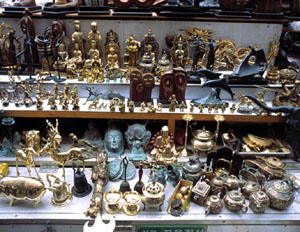
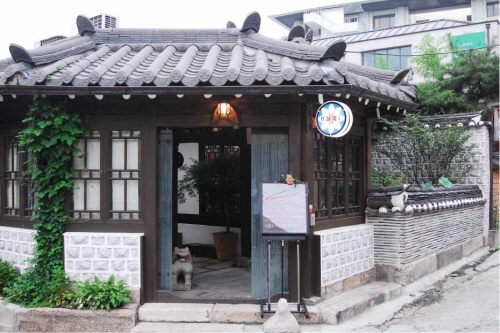
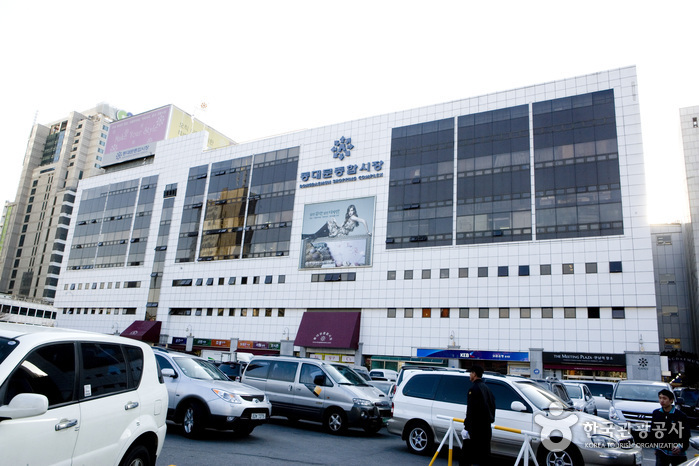
 Français
Français
 한국어
한국어 English
English 日本語
日本語 中文(简体)
中文(简体) Deutsch
Deutsch Español
Español Русский
Русский